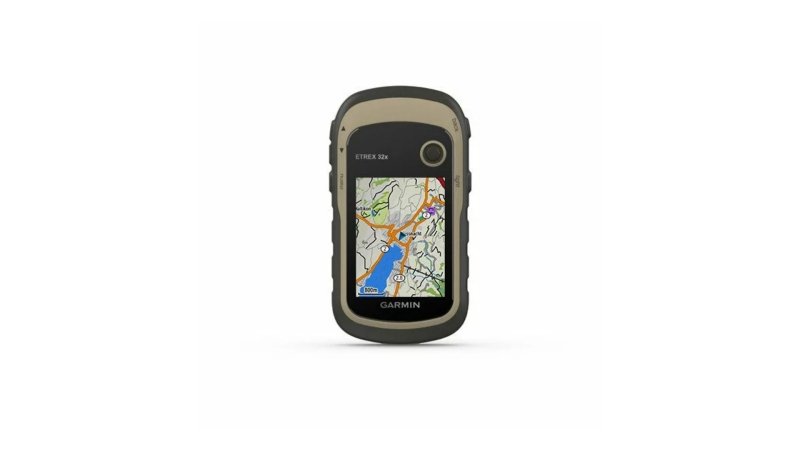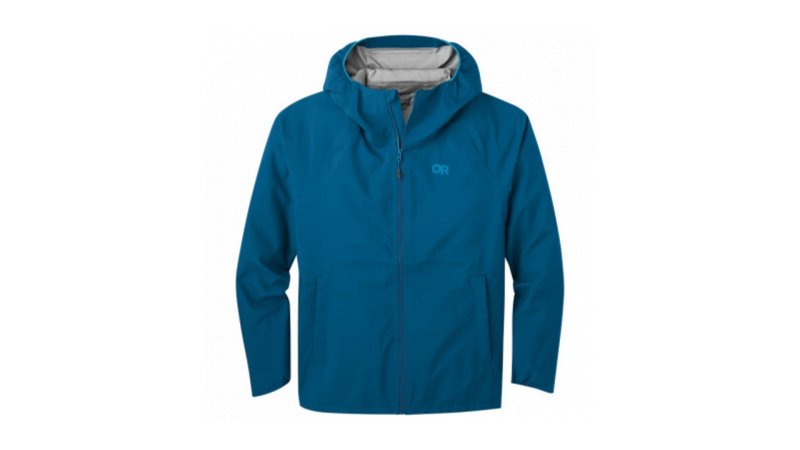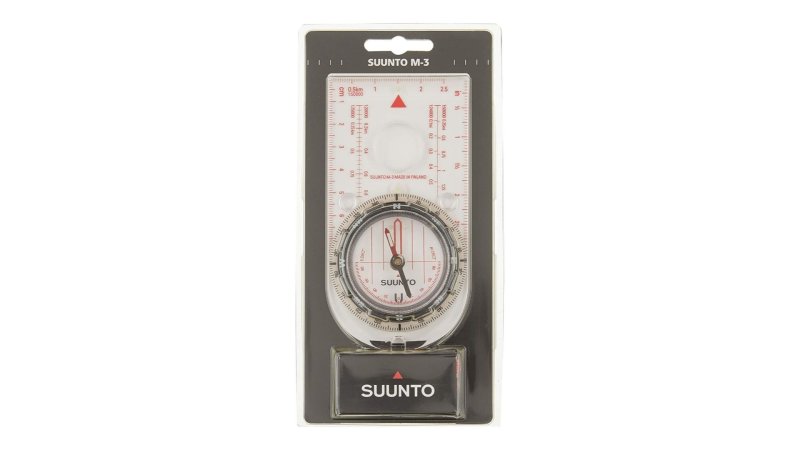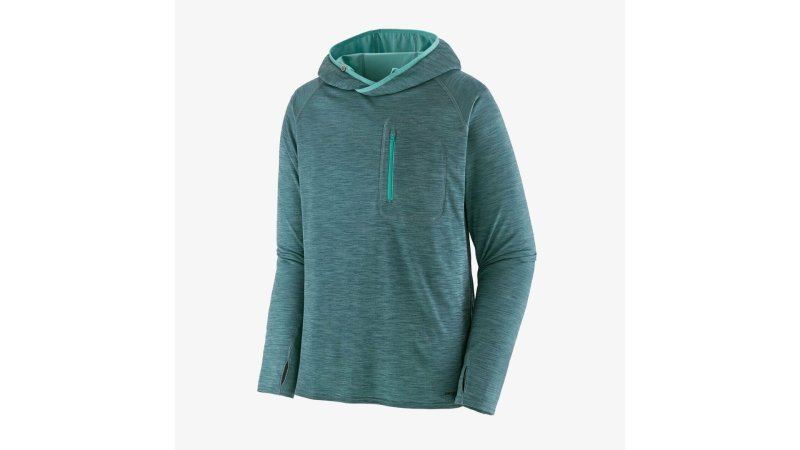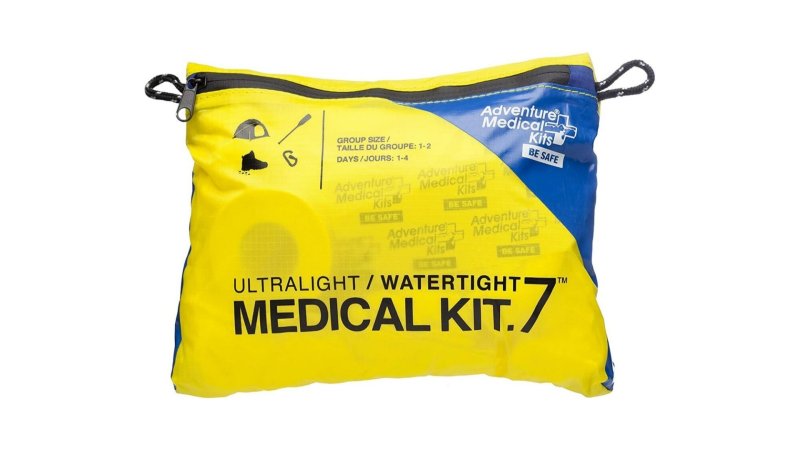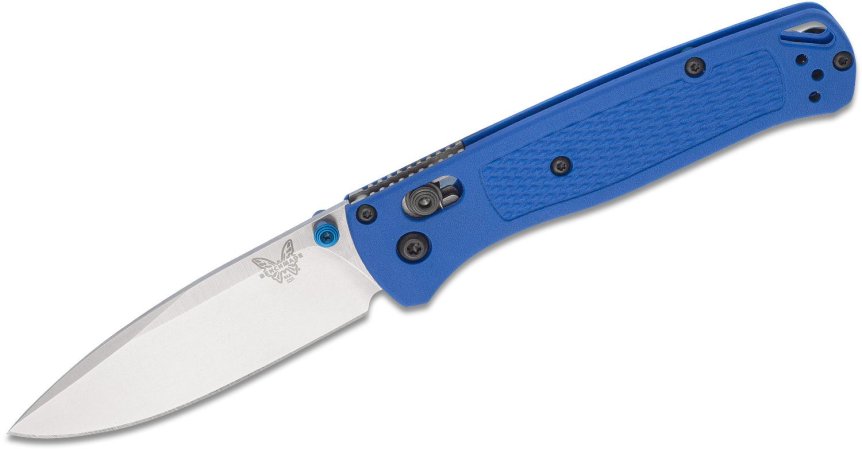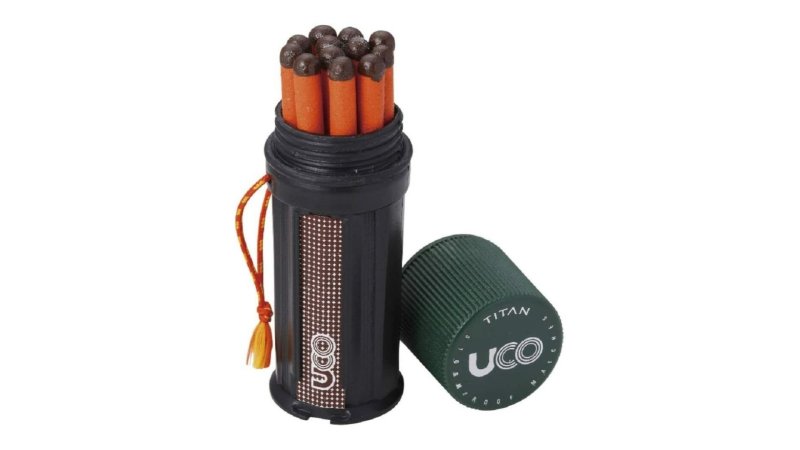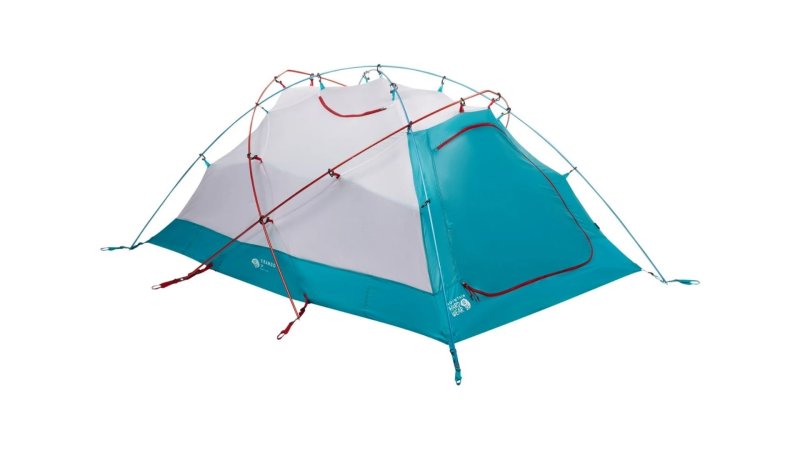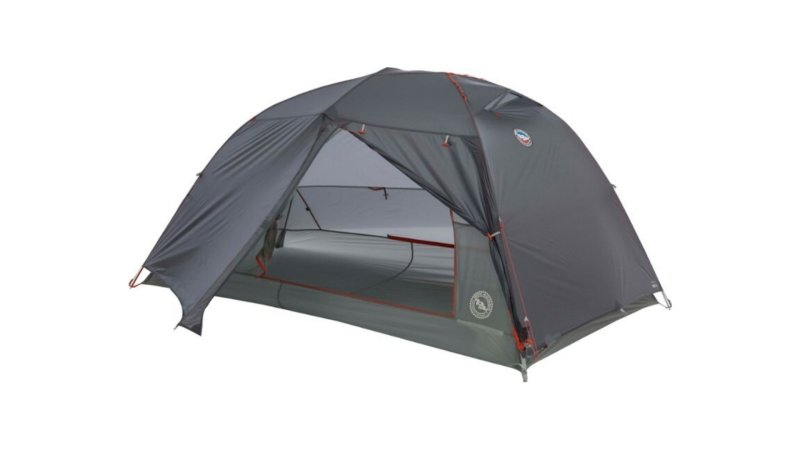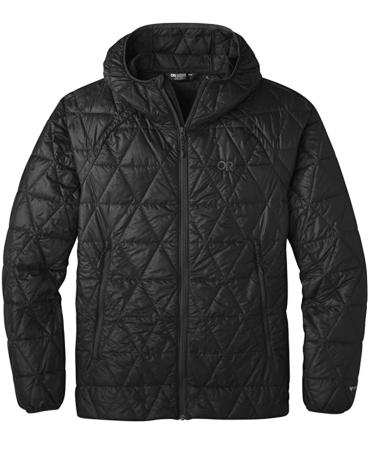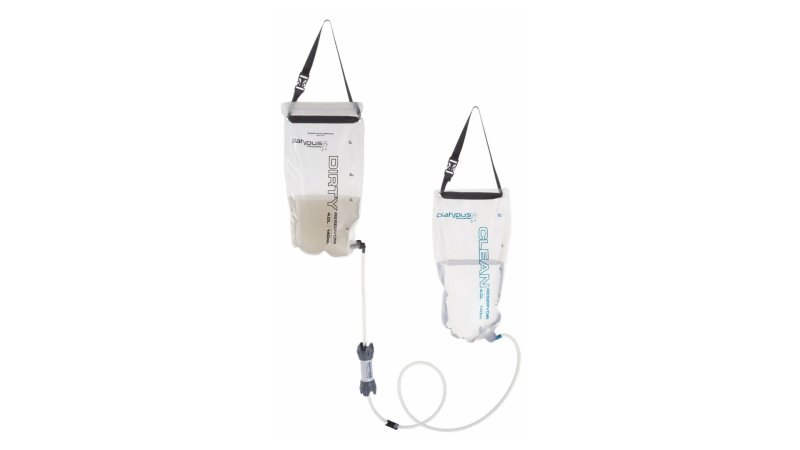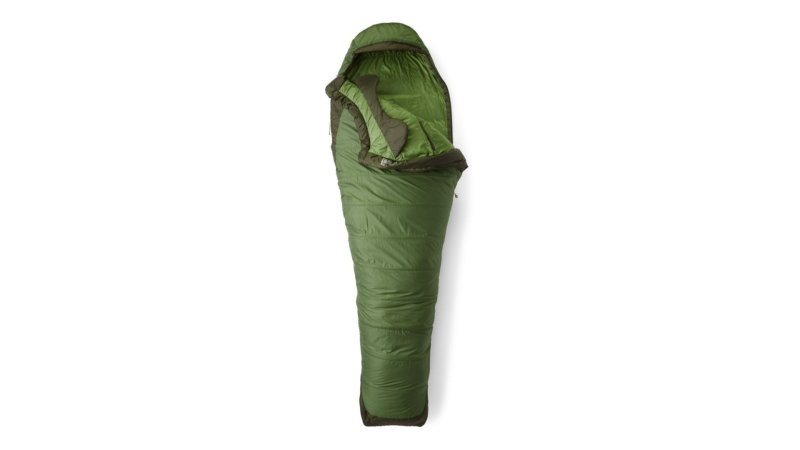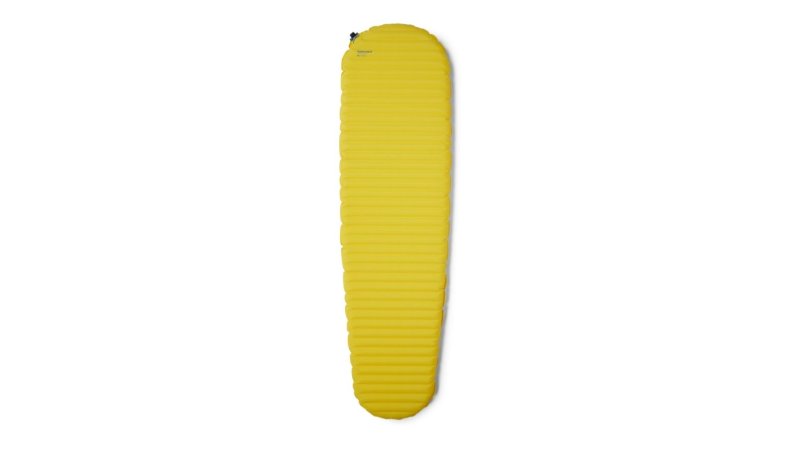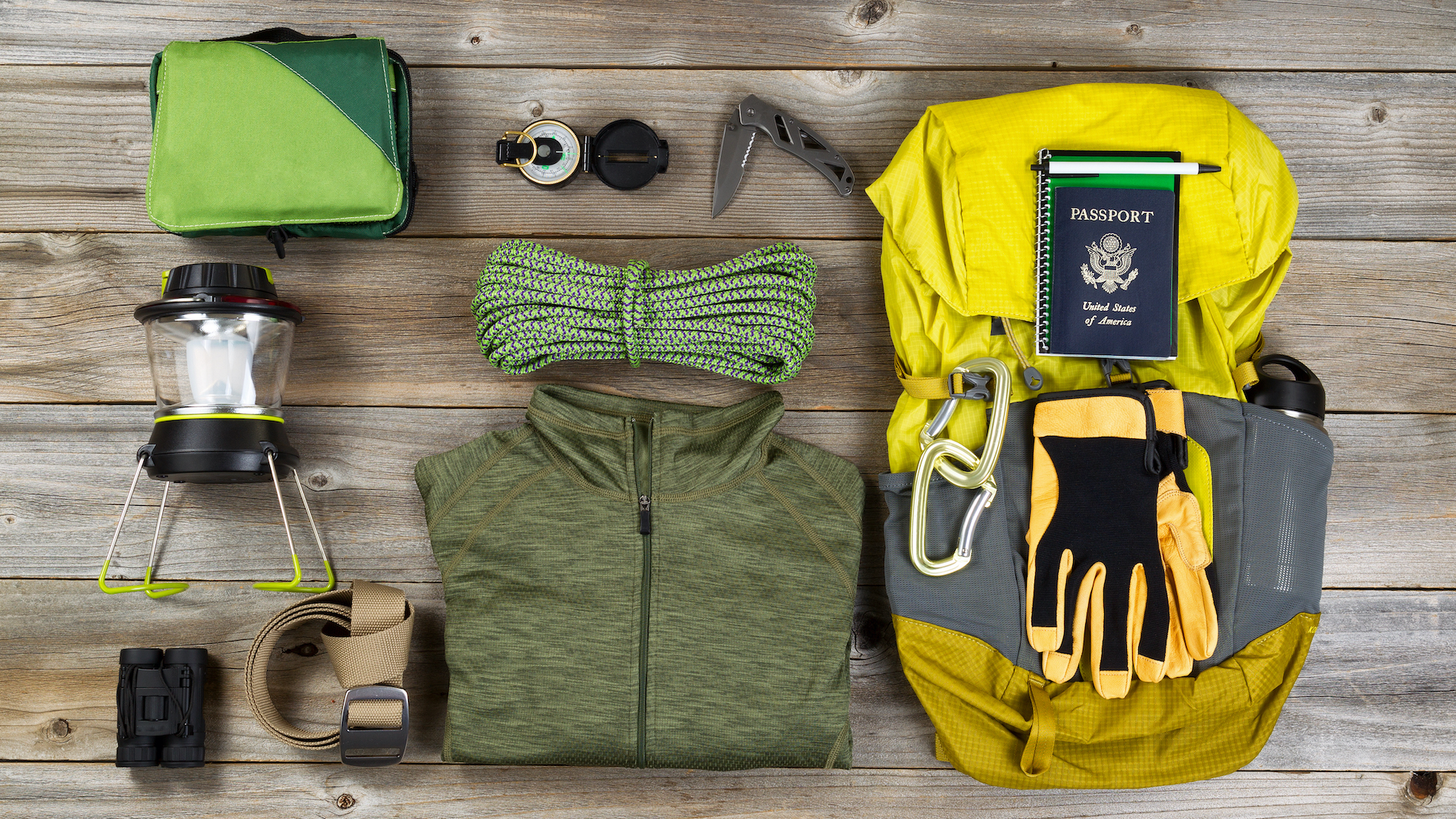

We may earn revenue from the products available on this page and participate in affiliate programs.
When venturing into the backcountry, whether car camping or undertaking a multi-day backpacking trip, it’s essential that you pack the right equipment. Some gear can make your life more comfortable and your trip more enjoyable, and other equipment can save your life. Venturing into the outdoors can be adventurous and fulfilling, but it also carries both objective and subjective risks — and the further you venture into the little-traveled backcountry, the more prepared and self-reliant you need to be. Something as simple as carrying a rain shell and warming layer can prevent an unexpected storm from turning into life-threatening hypothermia. Being prepared for the unexpected events nature can throw at you provides you considerable margin, so that you can enjoy all that nature has to offer while minimizing or mitigating risk. I’ve taken a look at the best gear on the market and picked our favorites to help you find the best hiking, backpacking, and camping gear that’s right for you.
My views on what to carry in the backcountry was heavily influenced at a young age by a book published by The Mountaineers, a Pacific Northwest community of outdoors people, called Freedom of the Hills — considered to be the Bible of mountaineering for more than 60 years. Since the 1930s, the Mountaineers have recommended a list of 10 essential equipment items to be carried on every foray into the wild. The 10 essentials are:
- Navigation – a map and compass or GPS system
- A headlamp
- Sun protection – clothing, sunglasses, and sunscreen
- A first aid kit
- A knife
- A firestarter
- Shelter (tent, sleeping bag)
- Extra clothing
- Extra food
- Extra water
I’ve built my list around these essential items. Here’s what your camping gear should look like — and the best ways to make the most of it in the wilderness.
Most Essential
Garmin eTrex 32x
Pros
- Great sensor for price, value
- Includes barometric altimeter
- Accurate to three meters
- Lightweight and compact
Cons
- Lacks touch screen
- Antiquated user interface
- Requires micro SD card for additional (non-preloaded) maps
Product Specs
- Position accuracy: Accurate to three meters
- Weight: 4.7 ounces
- Battery life: 25 hours
Best Value
Petzl Tikkina Headlamp
Pros
- Exceptional performance for price
- Easy to operate
- Durable
Cons
- Not the brightest headlamp available
- Mediocre flood lighting
Product Specs
- Maximum brightness: 250 lumens
- Maximum distance: 60 meters
- Maximum battery burn time: 120 hours at 10 meters/6 lumens (low) setting
Editor’s Pick
Outdoor Research Motive AscentShell
Pros
- Super breathable
- Lightweight
- Minimalist design
- Adjustable hood
Cons
- Cuffs are not adjustable
- Only one chest pocket
Product Specs
- Weight: 10.9 ounces
- Fabric: AscentShell 3L 100 percent polyester 50D mechanical stretch plain weave with 100 percent polyester 30D knit backer
- Water and windproof: Yes
Best Compass
Suunto M-3 Compass
Pros
- Reliable in extreme conditions
- Accurate
- Lightweight
Cons
- Requires orienteering training to use properly
Product Specs
- Accuracy: 2.5 degrees
- Operating temperature: -22F to 140F
- Weight: 1.62 ounces
Best Sun Hoody
Patagonia Sunshade Technical Hoody
Pros
- Exceptional sun protection
- Roomy fit, hood fits over helmet
- Odor-control finish
- Thumb loops and hood for maximum coverage
Cons
- More expensive than most sun hoodies
- Fabric is somewhat thicker
Product Specs
- UV protection: UPF 50+ (blocks 98 percent of harmful rays)
- Weight: 7.9 ounces
- Fit: Loose for breathability
Best Lightweight First Aid Kit
Adventure Ultralight/Watertight .7 Medical Kit
Pros
- Very light
- Packable
- Waterproof
- Good range of supplies
Cons
- Does not come with first aid scissors
- Does not come with CPR mask
Product Specs
- Size: 7.5 x 10 x 2 inches
- Weight: 8 ounces
- Group size: 1 to 2 people Trip duration: 1 to 4 days
Best Backpacking Knife
Benchmade Bugout
Pros
- Exceptionally sharp
- Ultra-lightweight
- Superb corrosion resistance
- Very high-quality steel
Cons
- Expensive
- Handle flexes a bit under heavy use
Product Specs
- Blade design: Plain drop point
- Blade steel: CPM-S30V (58-60 HRC)
- Weight: 1.85 ounces
Best Fire Starter
UCO Titan Stormproof Matches
Pros
- Windproof
- Waterproof
- Long burn time
- Could save your life
Cons
- Could save your life
Product Specs
- Weight: 2.9 ounces
- Dimensions: 4.125 inches
- Waterproof: Yes
Best Four-Season Tent
Mountain Hardwear Trango 2
Pros
- Easy to set up
- Exceptional storm resistance
- Spacious
- Waterproof
Cons
- Somewhat heavier than other top-end four-season tents
- Somewhat bulkier than other top-end four-season tents
Product Specs
- Dimensions: 92 by 64 by 38 inches
- Weight: 8 pounds 9.7 ounces
- Tent floor area: 40 square feet
Best Three-Season Backpacking Tent
Big Agnes Copper Spur HV UL
Pros
- Great space per weight ratio
- Lightweight
- Versatile – vestibules convert into awnings
- Roomy
Cons
- Expensive
- Lightweight materials require careful handling
- Footprint not included
Product Specs
- Dimensions: 52 x 88 x 40 inches
- Weight: 3 pounds 2 ounces
- Tent floor area: 29 square feet
Best Insulated Hoody
Outdoor Research Helium Insulated Hoody
Pros
- Superb warmth per ounce
- Comfortable
- Continues to insulate when damp
- Excellent interior drop pocket design
Cons
- Lightweight shell must be protected from snags, embers, etc.
- No chest pocket
Product Specs
- Sizes: Small, medium, large and extra large
- Weight: 11.5 ounces
- Insulation: Recycled polyester
- Shell: Pertex Quantum with Diamond Fuse (nylon) 15D x 30D
Best Water Filter
Platypus GravityWorks 4.0L
Pros
- Fill-and-forget system, gravity does the work
- High capacity, 8L total (dirty and clean bags)
- Filters out protozoa and bacteria
- Versatile, doubles as a hydration bladder
Cons
- Prone to clogging, requires backflushing
- Filter must be protected from impact and freezing
- Expensive
Product Specs
- Filtration performance: Filters to 0.2microns
- Speed: Up to 1.75 liters per minute
- Weight: 11.57 ounces
Best Sleeping Bag
Marmot Trestles Elite Eco 30 Sleeping Bag
Pros
- Warm bag for weight and insulates when damp or wet
- Made of 96 percent recycled materials
- Anti-snag zipper
- Budget-friendly
Cons
- Bulkier than down bags
- Heavier than down bags
- Compression sack not waterproof
Product Specs
- Fill: Hi-ElixR Eco Micro recycled synthetic insulation
- Compressed volume: 8.4 liters
- Temperature rating: 30 degrees (F)
Best Sleeping Pads
Therm-a-Rest NeoAir XLite
Pros
- Provides all-season warmth
- Comfortable
- Easy to use
- Lightweight and packable
Cons
- Expensive
- Must be protected from punctures
Product Specs
- Capacity: 1 person
- R-value: 4.2
- Weight: 8 ounces
Why you should trust us
I have more than 35 years of experience living and working outdoors with the tools I recommend. I’m an avid long-distance backpacker, rock climber, and mountaineer who understands the value well-designed gear delivers, especially when your life depends on it. I don’t get paid by the manufacturers and have editorial independence. My editor leaves it to me to recommend and prints what I write. All of this enables us to provide you, our valued readers, with our unvarnished, honest opinions on the recommendations we make.
Types of camping gear
When considering camping gear, it’s important to first understand what type of camping you will be doing. For car camping, where you just pull into a campground and set up, you can get away with cheaper, heavier gear. If you’re going to be traveling by foot into the backcountry and carrying everything you need on your back, you’ll want to find the lightest gear that can meet your needs — and this typically comes at greater cost due to the advanced lightweight materials and research and development costs.
Tent
If you are spending the night outside, most people want to be sheltered from the wind and rain, and this means setting up a tent. Car camping tents are generally larger, heavier, and bulkier and fit more people. Backpacking tents generally fit one to two people and weigh less than eight pounds.
Sleeping bags
A good sleeping bag is key to staying warm and comfortable during a night outside. Sleeping bags typically come in two designs: rectangular (for car camping) and mummy bags (for backpacking). The former are roomier and heavier and the latter maximize warmth per ounce in design by minimizing material.
Sleeping pads
If you’re going to sleep on the ground, a good sleeping pad will keep you warmer and more comfortable. Sleeping bags work by trapping warm air in loft insulation, and when you lay on them, they lose almost all insulating ability below your body. This is why it’s important to have a good sleeping pad to provide insulation and warmth. Sleeping pads come in two main types: closed-cell foam and air.
Key features to look for in camping gear
Performance
It’s important that your gear be able to do what you need it to do reliably and repeatedly over time. This becomes increasingly important the farther you travel into the backcountry. I prefer gear that is simple in design, easy to maintain in the field, and easy to repair.
Weight
When backpacking, you must carry everything you need, so minimizing weight is key to moving more quickly and reducing fatigue. With outdoor equipment, typically the lighter an item is, the more it costs due to the advanced materials and manufacturer’s research and development costs.
Durability
Investing in quality gear will increase the probability of long-term use and extended life. Camping can be a contact sport as your gear brushes up against trees, hits the ground when you trip and fall, or bounces off of rocks. Look for the lightest equipment that meets your needs and will withstand bumps, scrapes, falls, and bear attacks.
Pricing considerations for camping gear
Budget
Budget items typically weigh more, are more bulky and less packable, and less durable. Look for end-of-season sales to scoop up higher-quality items at lower prices.
Medium
Mid-grade equipment generally balances adequate performance with average weight and durability.
Premium
Premium equipment typically is the best performing, lightest, and most durable gear — to a point. Beware of brand price inflation and check the specs when comparing similar items to see if that extra few grams of weight savings or additional performance is really worth paying more.
How we chose our top picks
The gear recommended in this review were hands-on field-tested by your trusty crew of Task & Purpose gear reviewers or thoroughly investigated. We take our time to get to know the strengths and weaknesses of each item, and also check out the reviews of other experts just to make sure we’re not missing anything. Where we see something interesting that we haven’t field-tested, we identify these products as honorable mentions that are worth a look.
FAQs on camping gear
You’ve got questions, Task & Purpose has answers.
[Length: up to 50 words per FAQ.]
Q. Should I buy a two- or three-person tent for my partner and me?
A: It depends on whether that extra room is worth carrying extra weight. Typically, I recommend going with a larger two-person tent.
Q. Aren’t mummy bags tight and uncomfortable to sleep in?
A: They can be if you get one that’s too tight a fit. It’s important to test the sleeping bag you purchase before you take it to the field.
Q. Do I need to filter/treat the water? I hear it’s safe to drink out of the river/lake.
A: Yes. I recommend filtering or treating all water that doesn’t come from a potable tap. In some countries, I recommend filtering or treating the tap water as well.
Q. Should I get the MSR Whisperlite or Dragonfly stove?
A: Neither. I recommend the JetBoil family of stoves.
Q. Can I just buy a smaller backpack and strap more to the outside if I need to?
A: You can, but everything strapped to the outside of your pack is more likely to detach and get lost. If you are climbing in vertical terrain, you’ll want to keep your gear in your pack to avoid dropping it on other people and to keep the weight closer to your center of gravity.
Q. Should I take packaged or real food?
A: I prefer taking as much real food into the backcountry as possible, but watch the weight because it adds up fast. I typically carry real food for the first few days and then shift to dehydrated meals as the trip goes on.
Q. Is it worth the weight to take hiking poles?
A: Hell yes. Trekking poles are worth their weight in gold when traveling over uneven terrain as they provide additional balance and keep you from busting your ass while wearing a heavy pack. They can also help prevent you from injury, serve as poles for setting up a tarp, or even as splints for immobilizing injured arms and legs.
Q. Should I buy pots for cooking over an open fire or cooking on a stove?
A: More pots equals more weight carried. If you’re car camping, sure. Go ahead. When backpacking, I prefer integrated stove-pot combos like the JetBoil.
Q. Pillow or no pillow?
A: Always. An inflatable pillow weighs next to nothing and provides additional comfort to help you get a better night’s sleep.
Q. Should I pack a warm jacket?
A: Yes. You should always pack an insulating layer — preferably one made from synthetic materials that will continue to insulate when damp. You should carry it every time you venture into the backcountry no matter the season. You should carry it in case you need it, or in case you come across an injured person who is at risk of a cold injury. Always take a warming layer.
Our gear section
Joe Plenzler is a Marine Corps veteran who served from 1995 to 2015. He is a backcountry expert, long-distance backpacker, rock climber, kayaker, cyclist, wannabe mountaineer, and the world’s OK-est guitar player. He is currently section-hiking the Appalachian Trail with his partner, Kate Germano. He supports his outdoor addiction by working as a human communication consultant, teaching at the College of Southern Maryland, and helping start-up companies with their public relations and marketing efforts.
